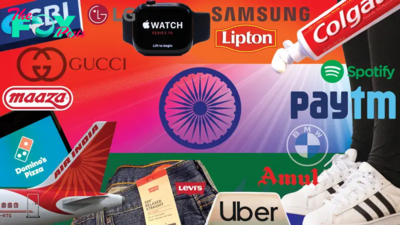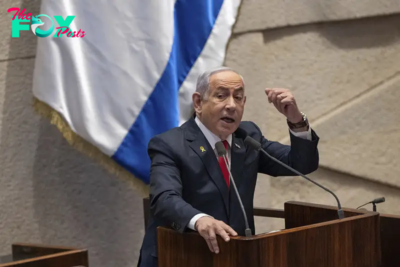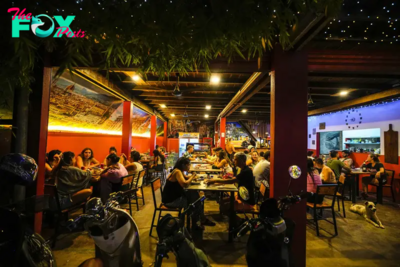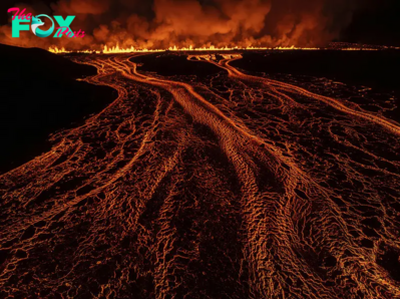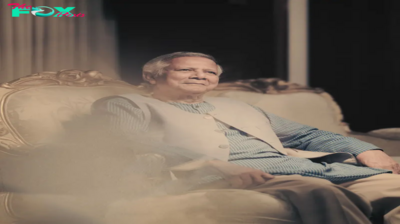World News
The First Round of the Gaza Polio Vaccine Campaign Is Complete. The Next Step Will Be Just as Hard
When a 10-month-old boy in Gaza was confirmed to have the poliovirus in late August, the discovery spurred an urgent and desperate public Health campaign in the region. Amid the bombs and airstrikes that have rocked Gaza for almost a year since the Hamas attacks of last fall sparked Israel’s onslaught, Health care workers there continue to push forward with a vaccination initiative that started on Sept. 1. A significant victory in the campaign comes as hundreds of thousands of children have been treated with the first dose: about 560,000, the WHO announced Friday. But, due to both the war and the logistics of this particular vaccine, it will be weeks before the ultimate success of the effort is known.
The vaccination campaign had initially aimed to reach at least 640,000 children in Gaza, with vaccines administered at hundreds of sites across the territory. (The discrepancy between that number and the 560,000 was attributed by the WHO to an overestimation of the targeted population.) The campaign was designed to take place in two rounds, each divided into three phases, intended to target the central, northern, and southern regions. The first round was completed Thursday, having spanned from Sept. 1 to 12.
“Despite relentless attacks on schools and sites sheltering uprooted children, exhausting displacement orders forcing families to relocate time and again, and widespread hunger levels that have at points pushed parts of Gaza to the brink of famine, families made the effort to turn out in high numbers to the vaccination sites,” UNICEF Regional Director for the Middle East and North Africa Adele Khodr said in a statement. “They know there is no time to waste to protect their children.”
But in order for the vaccine to actually work, a second dose will need to be administered four weeks after the first round to those hundreds of thousands of children—a difficult task given the children’s lack of documentation, the harsh living conditions, and the limited time available during the brief “polio pauses” in fighting.
Read More: Gaza’s Doctors Face a New Battle: The War on Polio
“The whole operation is quite complex, because you are trying to reach a population who probably have a lot of things on their mind other than just vaccination,” says Sameer Sah, Director of Programs for Medical Aid for Palestinians. “You're talking about people who have been displaced 10 to 15 times, who have seen horrific scenes, who have lost everything they had in their lives.”
Medical Aid for Palestinians (MAP), an independent international NGO, partnered with the WHO to monitor the campaign. According to MAP, they use a Google Sheets form to manually log and track the children they have vaccinated, and send it back to the WHO. They plan to look back on this log in time for the second round, set to begin late September or early October. The campaign is conducted with joint efforts by the Palestinian Ministry of Health (MOH), the WHO, the United Nations International Children's Emergency Fund (UNICEF) and the United Nations Relief and Works Agency for Palestine Refugees (UNRWA).
UNICEF’s role in this context has been to bring in 1.6 million nOPV2 vaccines, as well as the cold-chain equipment used to preserve the vaccines and hundreds of ice packs and boxes, all critical in the heat of the region. Three-quarters of the cold-chain capacity of the Gaza strip had been severely damaged or destroyed due to the war, according to Jonathan Crickx, Chief of Communications for UNICEF Palestine.
“Let’s not forget that we are in a war zone, which has been devastated by 11 months of extreme, intense fighting and bombing,” says Crickx. Up to 800 people are left sharing one toilet, he says, and residents may only be able to take one shower a week. Immunity is weakened from lack of food, and hundreds of tons of solid waste pile openly; polio is far from the only disease UNICEF is worried about. “It is technically the perfect, horrible, terrible recipe for the emergence and spread of diseases.”
A post-campaign assessment of coverage will be available before the start of the second round. The assessment aims to illustrate any complications or successes, which related organizations can use to improve the second round. “If the evidence shows that we have missed more children, then additional campaigns will be necessary,” says Dr. Hamid Jafari, Director of Polio Eradication for the WHO Eastern Mediterranean Region.
Read More: Column: I’m an American Activist. Israeli Forces Shot Me at a Peaceful Protest in the West Bank
But already, the challenges that Health workers will face in implementing round two have become clear.
The mass displacement of individuals is one of the more obvious problems: as children move with their families across different governance zones, it becomes harder to track them. In Rafah, for example, the vaccination sites are not truly operational; the area is a red zone, and families are not able to move around freely, according to MAP.
“It poses a problem for the children who are inside [Rafah], who are not getting the vaccination,” Sah says. MAP does not have exact numbers for the amount of children they are meant to reach there; over one million people have been displaced from Rafah. The organization says mobile teams are entering the region to try and reach the children outside humanitarian zones. “Of course it is risky, but we have no option. If you want to find people and vaccinate children who are not in the safe zones, then we have to go outside the safe zones,” Sah stresses.
The north region will likely pose an even bigger challenge; U.N. envoys have limited availability and very few trucks are able to get past checkpoints there. The Israeli Security Forces (ISF) stopped a U.N. convoy that was on its way to the area for more than eight hours earlier this week, according to UNRWA, despite prior coordination. Of all three regions, the north had the fewest medical teams deployed, according to the WHO.

The allotted time frame for vaccinations—a humanitarian pause in fighting from 6:00 a.m to 3:00 p.m—could be another hurdle. “From the first phase it looks like that [time frame] was sufficient to vaccinate the children, for evaluation, and for the Health care workers to come and prepare and leave in time,” Jafari, of the WHO, says, speaking specifically of the central region, “so it has worked out so far.”
But others think more flexible timing will be necessary going forward. “It should be from sunlight to sunset, because then people have more time to not only care for their very basic necessities,” argues Sah. If people have family members who are critically injured, it might be that they’re more focused on caring for the injured than taking their children to the clinic. “To arrange things properly, you need the time and the space.”
Dr. Naina Bhalla, a physician in Gaza with Doctors Without Borders (MSF), stresses that the schedule itself, not only the time frame, may cause an array of issues. “We have the same amount of time to vaccinate almost double the target population for the central zone,” Bhalla tells TIME, from her medical camp in Al-Mawasi, near Khan Younis. The target population in the central region is 157,000 children, but the target population in the Southern region is 340,000 children, both on a three-day timeline with one additional day allowed.
The schedule, Bhalla says, was not the original request made by the organizations. The initial request for round one was for a five-day-long, 24-hour humanitarian pause with two additional days allowed for catch-up. “I think that the WHO and UNICEF and the MOH have done everything in their power to allow this campaign to be a success, but a lot of it is beyond their control,” Bhalla says.
Some areas in the south are not actually covered by the humanitarian pauses. “Exactly as it is in the case of the first round, it’s absolutely critical that the humanitarian pauses are put into place,” Crickx says. “To ensure that we don’t miss a child, we will actually coordinate special missions there.”
Read More: The Infants Among the War Dead
Even in the allotted safe zones, civilians and medical workers alike stress about what can happen after 3:00 pm. “As we have seen in the recent months, there is no guarantee that being in the humanitarian zone offers anybody any safety,” Bhalla says. “There is supposed to be a humanitarian pause for nine hours per day, but it's only these nine hours.” She cites events that signify the danger aid workers and civilians have to endure. The day before the southern zone’s phase was to start, an airstrike next to a hospital killed four people and injured many.
Despite the restrictions and security concerns medical workers have experienced with the first round, the organizations involved are cautiously optimistic about the future of the campaign and the second round.
“Humanitarian workers will continue to do the best they can under the circumstances, which is what they've been doing,” says Bhalla, the physician, who calls the national Health care workers and locally hired staff “heroes.”
Some are even hopeful that a successful polio-vaccination drive could translate to improved childhood public Health in Gaza more generally. “In parallel to these campaigns is to see how we can restore and increase more immunization sites,” Jafari says, “ so that the routine childhood vaccinations for all vaccines, not only polio, are restored.”
But such hopes are tempered, of course, by the ongoing war, which continues to threaten medical teams administering the vaccine and civilians alike. If there is no break in hostilities, doctors say they will be playing catch-up with viruses for the foreseeable future.
“The first priority is to stop this outbreak by achieving very high coverage.” Jafari says, looking ahead to Israel’s commitment to the second round. “Ideally, of course, we’re asking for peace in Gaza.”
-

 World News1d ago
World News1d agoU.S. Charges Indian Billionaire Gautam Adani With Defrauding Investors
-

 World News1d ago
World News1d agoU.S. Vetoes U.N. Resolution Demanding a Cease-Fire in Gaza
-
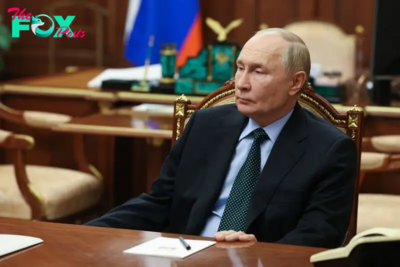
 World News1d ago
World News1d agoPutin Signs New Doctrine Lowering Nuclear Weapons Threshold in Warning to U.S.
-
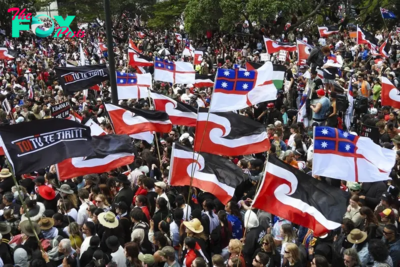
 World News1d ago
World News1d agoTens of Thousands Rally at New Zealand’s Parliament in Support of Māori Rights
-
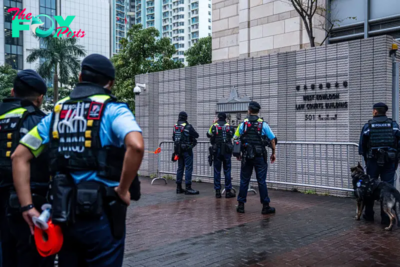
 World News1d ago
World News1d ago45 Hong Kong Activists Receive Prison Sentences in Landmark National Security Case
-
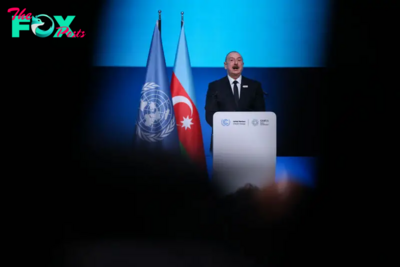
 World News2d ago
World News2d agoAzerbaijan Should Never Have Been COP Host
-
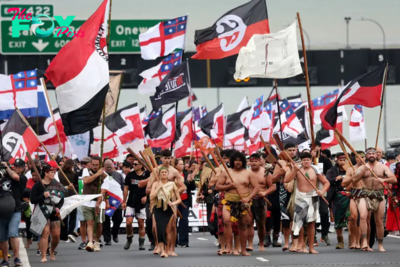
 World News3d ago
World News3d agoWhy New Zealand’s Founding Treaty Is in Focus as Thousands Protest for Māori Rights
-
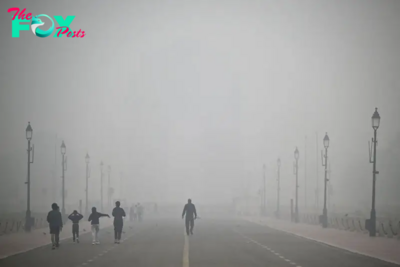
 World News3d ago
World News3d agoIndia’s Capital Chokes as Air Pollution Levels Hit 50 Times the Safe Limit
